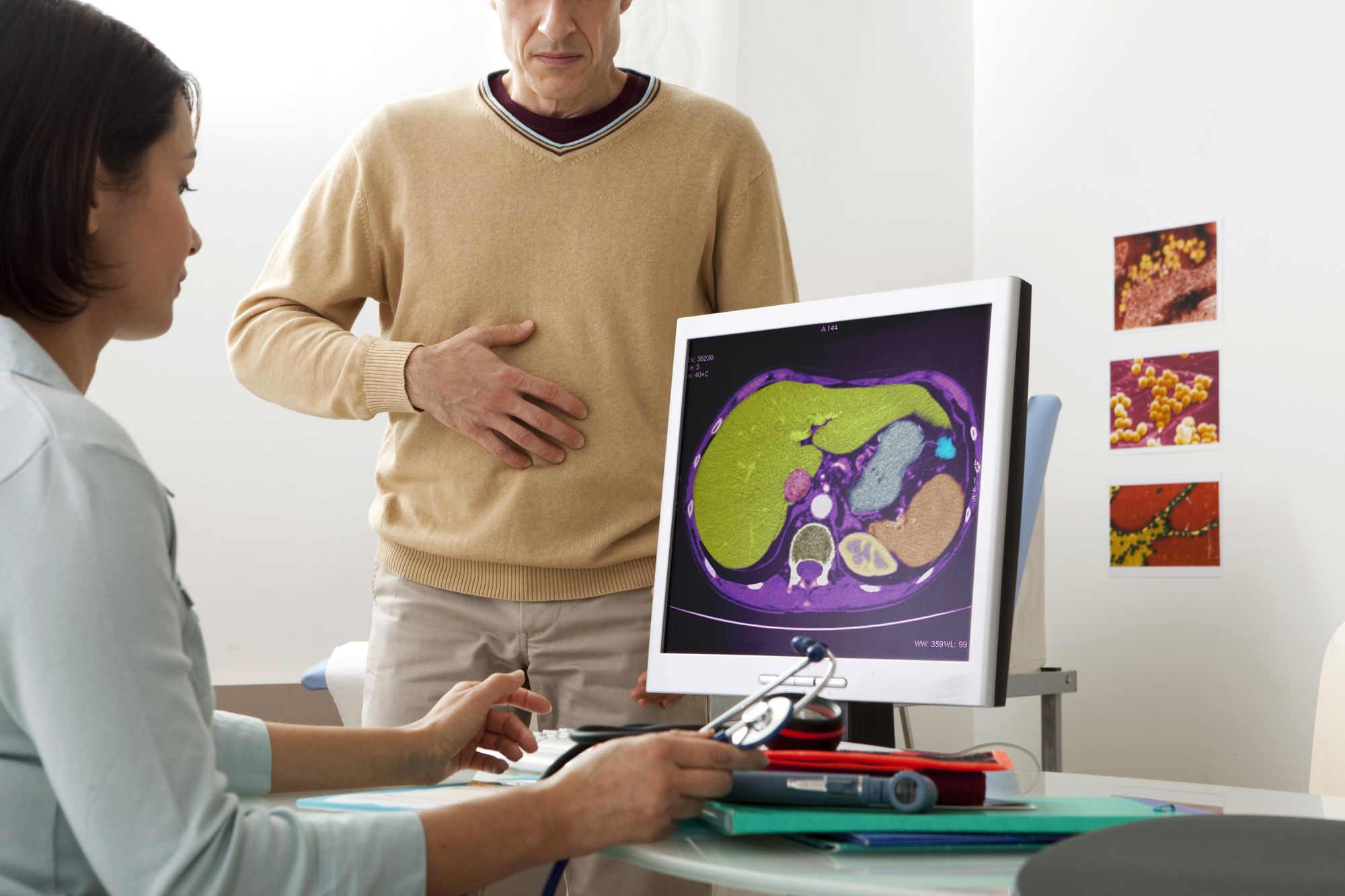Young Adults at Risk: The Alarming Rise of Liver Disease
The trend of young adults experiencing severe and often fatal liver disease continues, with a BMJ 2018 study revealing that mortality due to cirrhosis has been increasing in the US since 2009, particularly among those aged 25-34. The study attributes the rise to alcoholic cirrhosis, driven in part by increased alcohol use as a coping mechanism for stress during events such as the 2008 recession, Hurricane Katrina, and 9/11.
The BMJ researchers noted that certain communities, including White Americans, Native Americans, and Hispanic Americans, are more heavily affected. Meanwhile, the rapid increase in death rates among young people due to alcohol highlights new challenges for preventing liver disease.
The COVID-19 pandemic has only exacerbated the problem, with alcohol-related deaths surging 26% between 2019 and 2020. In 2020, alcohol caused 13 deaths for every 100,000 people, up from 10.4 deaths for every 100,000 people in 2019.
It is important to understand the signs and risks of liver disease, as well as strategies for preventing it, in order to protect our communities and safeguard public health.
1) Understanding Liver Disease: Key Information to Know

Dr. J. Wes Ulm, an expert in the field of bioinformatics, gene therapy, genetics, drug discovery, consulting and education, explains the complexities of the liver, "The liver is the central biochemist of the human body, performing a variety of crucial functions such as synthesizing important compounds for blood clotting, the immune system, and blood volume regulation, as well as aiding in detoxification, excretion, digestion, and many other vital physiological processes. Despite its ability to regenerate after injury, chronic inflammation caused by excessive alcohol consumption or other factors can lead to liver cirrhosis, causing a decline in the liver's critical functions."
2) The COVID-19 Pandemic and its Effect on Liver Disease Incidence

The COVID-19 pandemic has led to a significant increase in alcohol-associated liver disease (ALD) and non-alcoholic fatty liver disease (NAFLD) in the United States, says Dr. Ulm. A study conducted by American and Chinese researchers found that from 2010 to 2019, the average annual increase in deaths from ALD was 3.5%. However, the annual percentage change for ALD in 2020-2021 was 17.6%, a five-fold increase. This trend is particularly concerning as the biggest increase in ALD mortality is seen in the 25-44 age group, which is affecting the US workforce and young families. The reasons for this increase are unclear, but it is believed that the pandemic has exacerbated existing stressors in American society that have contributed to alcohol and substance abuse, as well as the opioid epidemic and "deaths of despair."
3) Rising Incidence of Liver Disease Predates COVID Pandemic

Dr. Ulm explains, "Before the COVID-19 pandemic, there was a significant increase in deaths due to alcoholic cirrhosis between 1999 and 2019, leading to a more than threefold increase in mortality rates. This increase is attributed to the so-called "deaths of despair" phenomenon, as studied by economists Angus Deaton and Anne Case. Their research has shown that the social and economic problems and inequalities in the US over the past 40 years have had a major impact on public health, particularly in rural and urban communities.
These factors include wage stagnation, rising cost of living, lack of community support, limited access to healthcare and mental health services, job loss, increasing stress levels, and family breakdowns. These issues have contributed to the opioid epidemic and the rise in alcoholism and binge drinking, leading to a surge in liver disease in the early 21st century.
4) The Impact of Age and Race on Liver Disease Incidence and Outcomes

The Impact of Liver Disease on Young Adults and Minority Communities
Liver disease, particularly that linked to excessive alcohol consumption, is a growing concern among young adults. However, research has shown that some communities are at a higher risk than others. The highest increase in alcohol-associated liver disease (ALD) mortality was seen among Alaska Indians/Native Americans (18%), non-Hispanic whites (11.7%), and Blacks (10.8%). Additionally, Hispanics (13.1%), non-Hispanic Asians (12.9%), non-Hispanic whites and non-Hispanic Blacks (both 11.9%), and American Indians/Alaska Natives (10.9%) also experienced significant increases.
Dr. Ulm highlights the devastating impact of liver disease on younger populations, particularly in struggling rural communities and small towns. The rise in ALD has had a significant impact on the workforce, exacerbating the cycle of social and economic difficulties.
5) Indicators of Liver Disease

Dr. Ulm states, "The indications of liver disease vary based on the stage and severity of the condition, but they are generally the visible consequences of the liver's loss of its core functions. These symptoms can include yellowing of the skin and eyes (jaundice), darkening of the urine, pale stools, abdominal and lower limb swelling, enlarged spleen, itchy skin (pruritus), nausea and vomiting, severe fatigue, changes in appetite, increased tendency to bruise or bleed, and more.
It's important to note that the liver is a remarkably resilient organ that has the ability to regenerate itself even after significant damage, but this depends on how chronic and prolonged the injury is. Liver disease can be understood as a progression from acute fatty changes to fibrosis and advanced cirrhosis, and the further it advances, the more difficult it becomes to reverse the damage."
For those who require assistance for alcohol addiction, treatment options are available. Resources such as SAMHSA's Substance Abuse Treatment Facility Locator, NIAAA's Alcohol Treatment Navigator, and the National Treatment Referral Routing Service (available at 1-800-662-HELP) can help you find treatment programs in your area and connect you with someone who can help you with your alcohol problem.
Dr. Ulm is a physician-researcher, musician, and novelist who holds a dual MD/PhD degree from Harvard Medical School and MIT. He is part of the "Heroes of the COVID Crisis" series for his ongoing efforts in drug discovery and public health.

